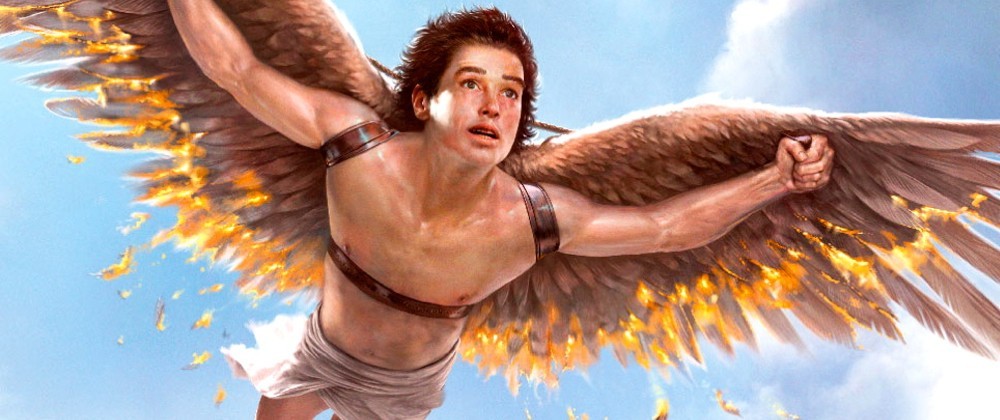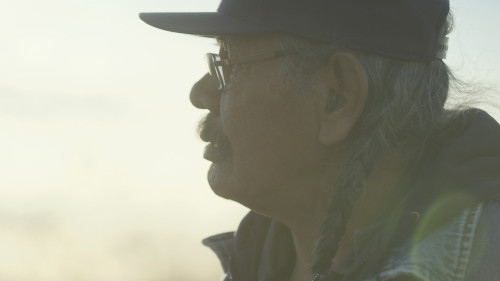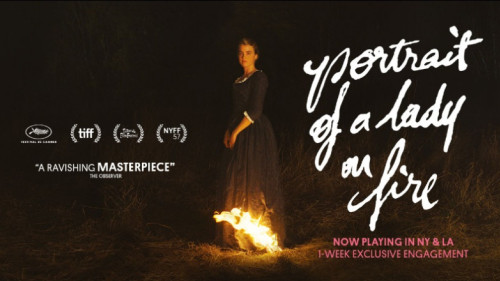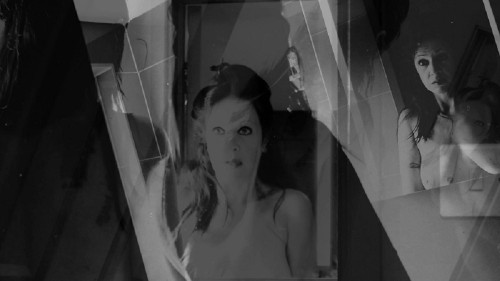Volume 18, Issue 5 / May 2014
Coverage of Fantasia 2013
In this issue
-
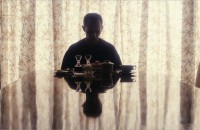
Thanatomorphose and Halley: Sex, Death, and the Emptiness of Being
Decaying at Fantasia 2013
-

A Lesson of the Evil at Fantasia 2013
Takashi Miike takes us back to school
-

An Interview with Andrzej Zulawski and Daniel Bird
Fantasia 2013
-

An Interview with Bobcat Goldthwait: From Clowns to Bigfoots
-
Narcisa Hirsh and Argentine Experimental Film
An Interview with Narcisa Hirsh
With Fantasia 2014 just around the corner, July 17-August 5, Offscreen presents its coverage of Fantasia 2013. Before looking back, there is much to anticipate in the 2014 edition, not the least being that the much anticipated renovations to the main screening facility, Concordia University’s largest auditorium, the H-110, are finally complete, and advance notice is that the room is state of the art. I can’t wait to sink into the new seats and take in the new screen and sound system. There are always tantalising films and events to look forward to, and just to highlight a few: Abel Ferrara will be in town to present the North American Premiere of Welcome to New York (hold on to your hats for that one); the latest from French horror team Alexandre Bustillo and Julien Maury, Among the Living, will be screened. Fantasia regular Hideo Nakata returns with his latest, a remake of the South Korean 2010 hit by Kim Min-seok, Haunters, re-titled Monsterz; Richard Linklater’s eagerly awaited Boyhood screens; as does the latest installment in the Ju-On series; and a return to the big screen of John “Henry the Portrait of a Serial Killer” McNaughton, with The Harvest. Also sure to cause a buzz, are the two lifetime achievement awards Fantasia will hand out this year, one to Japanese animation pioneer Mamoru Oshii (the Patlabor and Ghost in the Shell films, Assault Girls, etc.) and the second to American horror auteur Tobe Hooper, who will also be on hand to introduce a brand new 4K digital restoration of one of the most seminal American horror films of all-time, The Texas Chainsaw Massacre (1974). TTCM maintains its power to shock even today, largely because it always worked as dark social satire on the perils of capitalist downsizing in the slaughterhouse industry and wanton southern patriarchy. It remains hugely influential film to the growth of the horror genre, setting the template for the slasher film (with its prototype Final Girl in Marilyn Burns), torture horror (the extended final scene with Burns), and the rural/backwoods/cannibal horror film. Now that we’ve whet your appetite, let’s look back at Fantasia 2013. Our look back at the 2013 edition includes reports by Teresa Lobos and Randolph Jordan. Lobos takes an unusual approach to framing the still hot zombie film, by comparing two films that feature main characters who begin to slowly decay and decompose — for no apparent reason — Thanatomorphose and Halley. Are these living but slowly dying beings zombies? How do we frame the concept of the zombie if they look like one but don’t necessarily act like one? Jordan’s report settles on one of his favorite films at the 2013 edition: Takashi Miike’s twisted take on the serial killer film, Lesson of the Evil (and what would a Jordan report be without a Miike film?). Invited film guests always seem to enjoy their stay in Montreal because of the way they are treated by the courteous and enthusiastic Fantasia entourage. Unlike other festivals, guests are strongly encouraged to mingle with the fans and seem to appreciate the non-elitist camaraderie between fans, guests, programmers, volunteers, and media that exists at Fantasia. I took the time to interview two of these featured guests, the American comedian-filmmaker Bobcat Goldthwait and the great Polish director Andrzej Zulawski, who was given a Lifetime Achievement Award and a major retrospective. The interview mode continues with the final piece in this issue, which while not directly related to Fantasia is clearly in the spirit of the festival. Offscreen is proud indeed to have this interview, conducted by Peter Rist, with German born Argentine filmmaker Narcisa Hirsh, a key figure in Latin American experimental cinema who remains largely unknown in North America. Hirsh comes across in this interview as a spry octogenarian with a keen sense of her identity as both a woman and an artist. The noted link to Fantasia comes in the fierce nature of Hirsh’s independent spirit, which comes across loud and clear in her interview . (Donato Totaro, ed.)

